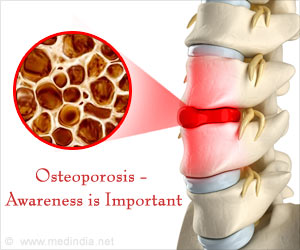The manner in which molecular 'scaffold' allows key parts of cells to interact and comes apart in dementia and motor neuron disease has been discovered by researchers.

Researchers looked at two components of cells: mitochondria, the cell 'power houses' which produce energy for the cell; and the endoplasmic reticulum (ER) which makes proteins and stores calcium for signalling processes in the cell. ER and mitochondria form close associations and these interactions enable a number of important cell functions. However the mechanism by which ER and mitochondria become linked has not, until now, been fully understood.
Professor Chris Miller, from the Institute of Psychiatry at King's and lead author of the paper, says: "At the molecular level, many processes go wrong in dementia and motor neuron disease, and one of the puzzles we're faced with is whether there is a common pathway connecting these different processes. Our study suggests that the loosening of this 'scaffold' between the mitochondria and ER in the cell may be a key process in neurodegenerative diseases such as dementia or motor neuron disease."
By studying cells in a dish, the researchers discovered that an ER protein called VAPB binds to a mitochondrial protein called PTPIP51, to form a 'scaffold' enabling ER and mitochondria to form close associations. In fact, by increasing the levels of VAPB and PTPIP51, mitochondria and ER re-organised themselves to form tighter bonds.
Many of the cell's functions that are controlled by ER-mitochondria associations are disrupted in neurodegenerative diseases, so the researchers studied how the strength of this 'scaffold' was affected in these diseases. TPD-43 is a protein which is strongly linked to Amyotrophic Lateral Sclerosis (ALS, a form of motor neuron disease) and Fronto-Temporal Dementia (FTD, the second most common form of dementia), but exactly how the protein causes neurodegeneration is not properly understood.
The researchers studied how TPD-43 affected mouse cells in a dish. They found that higher levels of TPD-43 resulted in a loosening of the scaffold which reduced ER-mitochondria bonds, affecting some important cellular functions that are linked to ALS and FTD.
Source-Eurekalert
 MEDINDIA
MEDINDIA




 Email
Email








